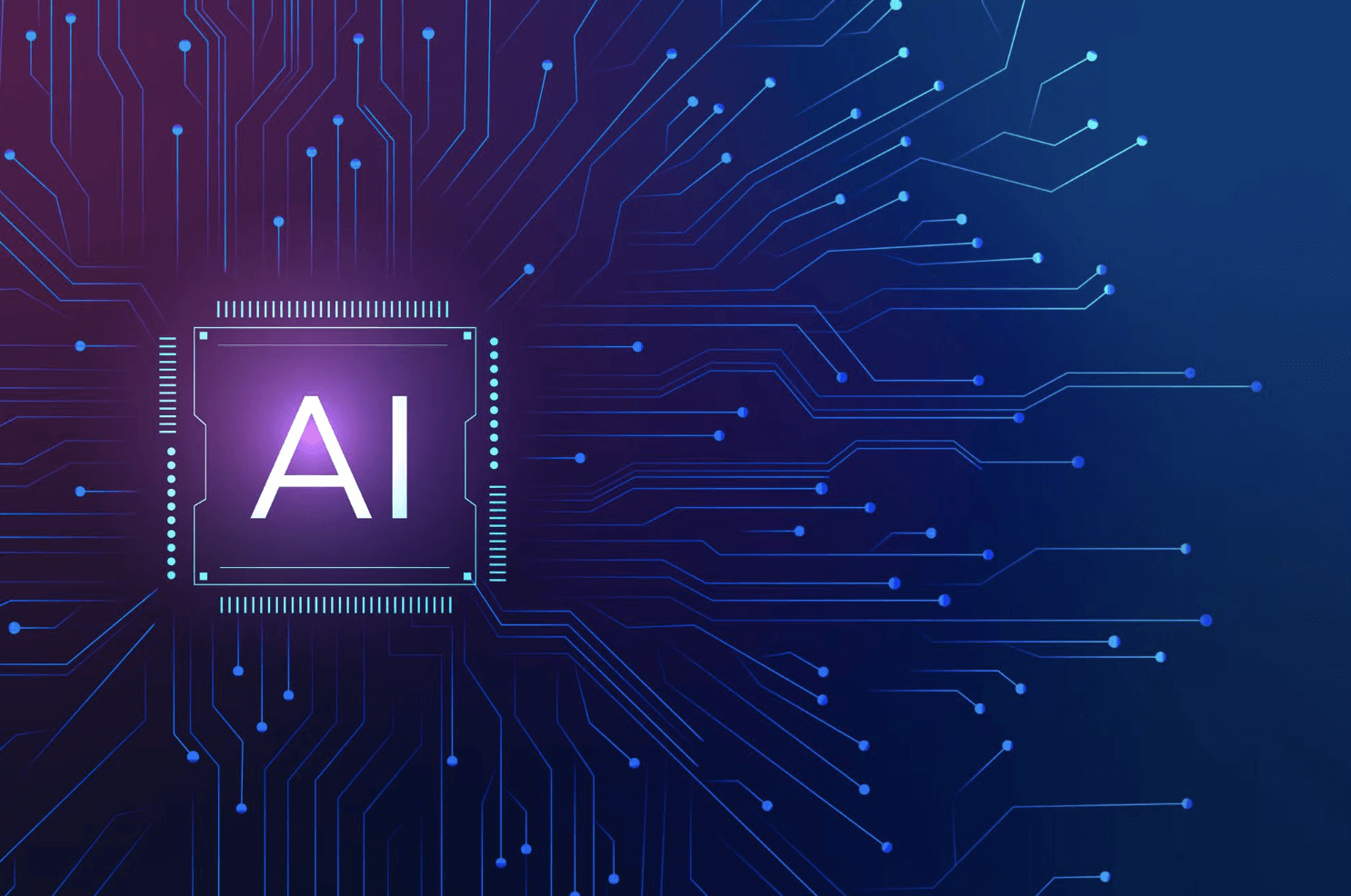Generative AI and its integration in website development

A great tool changing our design and development of websites is generative artificial intelligence (AI). Every year, generative ai development services are more advancedly and presents fresh chances for designers and web developers. Generative artificial intelligence models can automatically produce designs, content, user interface suggestions, and even analytics depending on user data. From content creation to automation of routine tasks, this paper will address the main points of including generative artificial intelligence into the process of website development.
Generative AI is what?
Generative artificial intelligence is a subset of artificial intelligence whereby new content is produced using machine learning models. Generative models are able to create text, images, music, video, and other digital content unlike conventional artificial intelligence systems that concentrate on analysis and prediction. These models can replicate several styles and approaches and are trained on massive datasets, so producing a unique output.
Generative artificial intelligence applied in web development
-
Content creation
Generative artificial intelligence finds most clear application in web development in text content creation. Developers can create articles, blogs, product descriptions, and other materials for websites by means of GPT-4 tools. Large platforms that must be routinely updated will find this especially helpful. Original and SEO-friendly material produced by generative artificial intelligence raises a website’s search engine result page visibility.
Benefits:
- Quick production of plenty of materials.
Text personalizing for a particular group.
Create material in several languages to extend yourself.
Design production
Moreover, website designs can be produced with generative artificial intelligence. Neural networks can, for instance, create icons and illustrations, automatically choose color schemes and fonts, and create page layouts. By enabling designers to proceed faster from idea to execution, such tools help to cut the time spent prototyping and testing.
Benefits:
- Save time designing and prototyping.
- The capacity for fast testing several visual ideas.
- Design uniquely with little effort.
Maximize user experience (UX) and user interface (UI)
Generative artificial intelligence can examine website user behavior and propose changes to the user interface design. AI can suggest moving buttons or altering the menu structure to increase usability, for instance, depending on statistics on user interaction with various components on a page. Moreover, generative models can design customized interfaces for various user groups, so raising their satisfaction.
Benefits:
- Improve user experience to raise conversion.
- Changing the interface to fit personal preferences.
- Optimization of websites grounded on actual data analysis.
Testing and debugging automated
Important phases of website development, testing and debugging, where generative artificial intelligence can also be useful are By creating scenarios to test many website capabilities, artificial intelligence can automate the testing process. This helps you to find mistakes early in the development process and raises the quality of the last output.
Benefits:
- Lowered testing expenses.
- Automaton speed-up the development process.
- Increasing the site’s security and dependability.
Customizing the user experience
Analyzing user data, generative artificial intelligence can produce customized offers and content based on it. On a website for an online store, for instance, artificial intelligence can recommend goods depending on past purchases or preferences. This enhances user experience and raises chances of repeat visits and purchases.
Benefits:
- Boost sales with tailored offers.
- Enhancing user interface of the website.
- Upholding client loyalty.
Technical elements of integration of generative artificial intelligence
-
Choosing and setting up an artificial intelligence model
Selecting the appropriate model is the first step in implementing a Generative AI integration solution into website development. On the market are plenty ready-made solutions including GPT, DALL-E, and others. Whether the work at hand calls for text, images, or interface optimization, it is crucial to select the model that fits the current projects.
Tips:
- Pre-trained models help to save time and money.
- Make the model fit your particular project’s requirements.
- Make sure the model is constantly updated to raise its performance.
-
Compatibility with current architectural style of websites
Once a model has been chosen, it must be included into the current site architecture. This might call for building an API or making use of ready-made solutions offered by AWS, Google Cloud, or Microsoft Azure. Ensuring a seamless integration helps the artificial intelligence to interact with other parts of the site without delays or faults.
Tips:
- Integrate flexible artificial intelligence using microservices architecture.
- While working with artificial intelligence, guarantee data security.
- Improve the performance of your site to handle extra weight.
-
AI testing and instruction
Training and testing generative artificial intelligence before it is put into use in manufacturing is crucial. This entails adjusting the model parameters, learning on a subset of data, and testing on actual samples. This stage should be scheduled ahead since training the artificial intelligence can take a lot of time and computational capacity.
Tips:
- Use training sets pertinent to your project.
- Test at several developmental phases.
- Track the performance of the artificial intelligence constantly and make required changes.
-
Optimizing and monitoring
Once generative artificial intelligence has been included into a website, it must be constantly watched over and improved upon. This covers performance optimization, model adaptation, and result analysis. User behavior should be closely watched and any deviations should be reacted to right away.
Tips:
- Install a performance and error monitoring system.
- Update your models often in line with fresh data.
- Test artificial intelligence’s performance with A/B testing.
Hazards and difficulties
Including generative artificial intelligence into web architecture carries a lot of risks and difficulties. First, given AI depends on vast volumes of data for training, there are privacy concerns. Second, especially in cases of insufficient training for the model, the produced content could suffer in quality. One should also take into account potential mistakes and flaws that might develop during the artificial intelligence running.
Suggestions for lowering risk:
- Training artificial intelligence should involve data anonymizing.
- Check the material you create regularly for quality.
- Arrange backup systems should artificial intelligence fail.
In summary
Generative artificial intelligence lets you automate many chores, enhance user experience, and produce original content, so opening fresh opportunities for web development. Its integration, then, calls for careful design, configuration, and ongoing observation. When handled properly, generative artificial intelligence can turn into a potent tool greatly raising the quality and efficiency of website building. Future developments in this field will enable web developers to approach the development of digital products even more creatively and flexibly, so allowing more change in this field.

